Now known as the Silicon Valley of the East, Penang has its roots in the tin industry. Our today began with a visit to a museum that was once the home of one of the fathers of that industry, Chung Keng Quee. Chung came to Penang as a 20-year-old peasant boy and made his fortune in tin and other industries. Along the way he became one of the most influential citizens in the country’s history, creating a secret society that influenced business, politics and military activities. The Penang Peranakan Mansion was built as a home for his four wives, ten children and the family’s many attendants (each child had his/her own nanny).
The home was built using materials from all over the world. There are Chinese carvings, marble statues from Italy, timber from Burma, windows from France, Venetian mirrors and iron railings and pillars from Glasgow. We lost count of the number of rooms the house has, none of which are small. There are beautiful outdoor courtyards, a room specifically designated for the family’s gambling activities, and a separate temple, built to house the ghosts of departed ancestors. That area of the house continues to be owned by the family and Chang’s descendants still come here twice a year to pay homage to those who have passed. The temple has its own entrance away from the main house with images of the patron immortal gods of gangsters (gangsters have immortal gods? Who knew?) painted on the main door. Immortal gods stand guard at either side of the entrance and there is an altar with twelve urns depicting Chang’s ancestral line. This is where meetings of Chang’s Secret Society would meet and where they would carry out initiations.
Chang’s family lived in the house until it was requisitioned by the Japanese during WWII. The house remained empty after the war and fell into disrepair until another Chinese immigrant bought it from a fifth-generation Chang and restored it. It now houses 2,500 artifacts from the Chung area the new owner has collected over the years, examples of how Chung himself may have decorated it.
Next up was the Kek Lok Si Temple, the largest Buddhist temple in Malaysia. A massive complex, the property was developed between 1890 and 1930. There are several large prayer halls and pavilions, but the largest attraction is a seven-story pagoda that houses ten thousand golden buddha statues. Buddha should feel very loved by the people of this area.

Inner courtyard 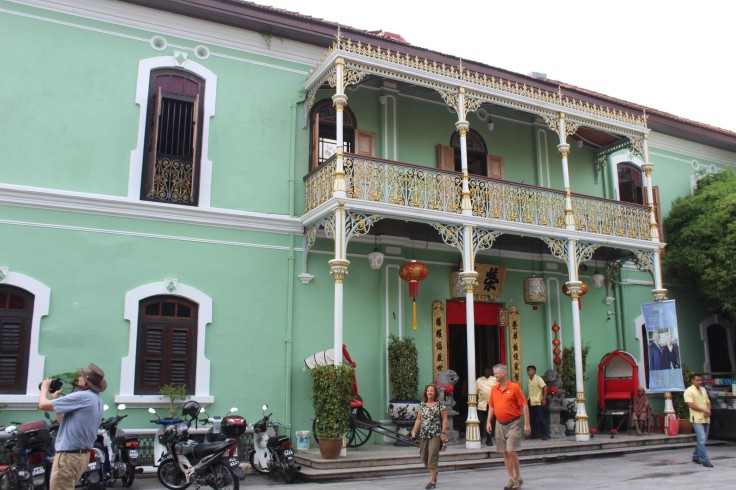
Penang Peranakan Mansion 
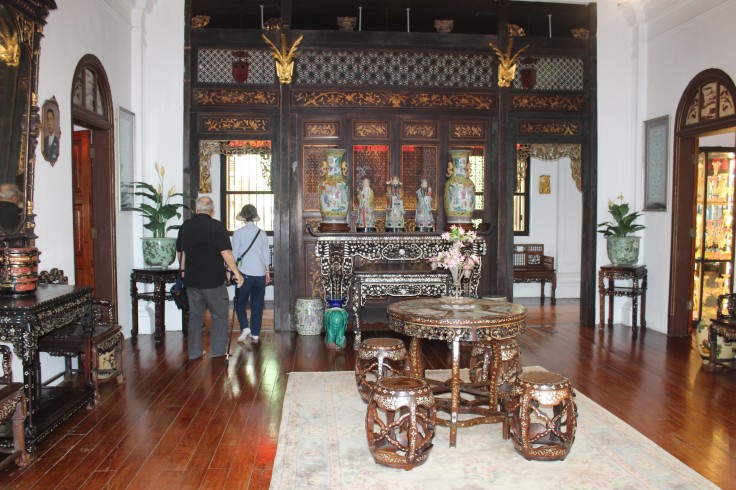
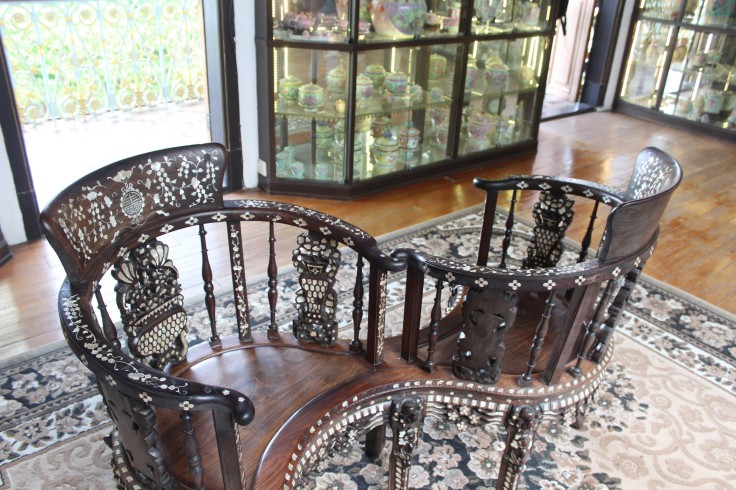
Beautiful Mother of Pearl Inlays 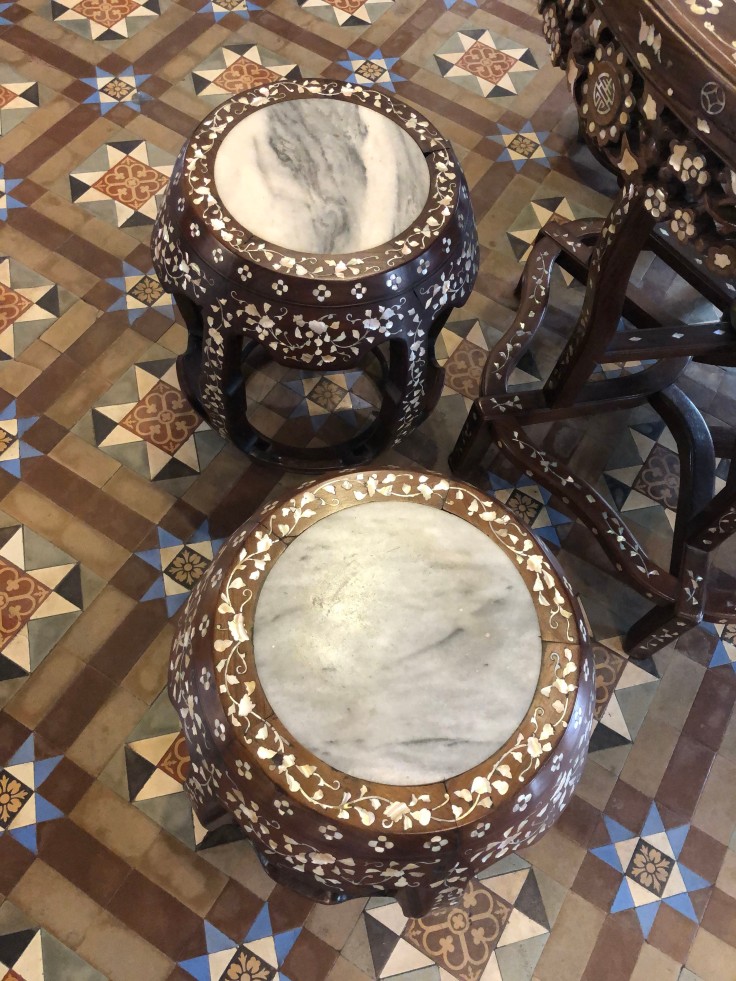

Panels next to the entry of one room 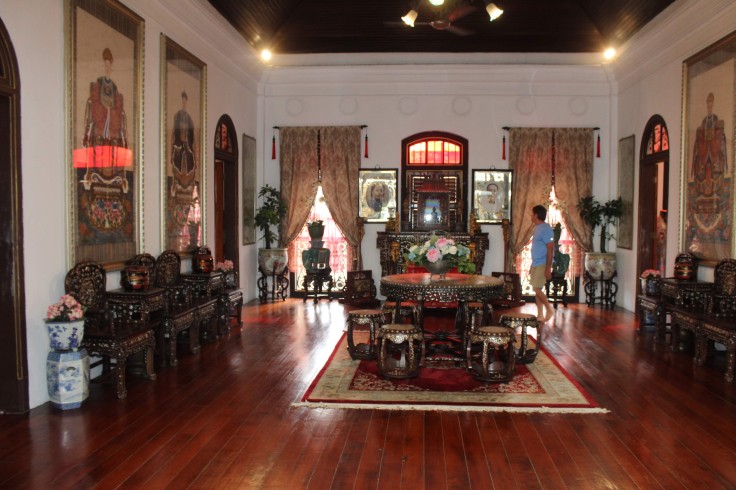

Writing desk 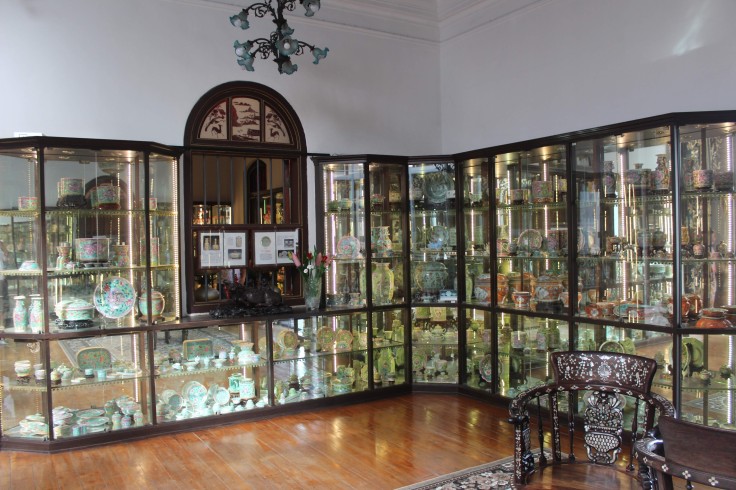
A small sampling of the dish display 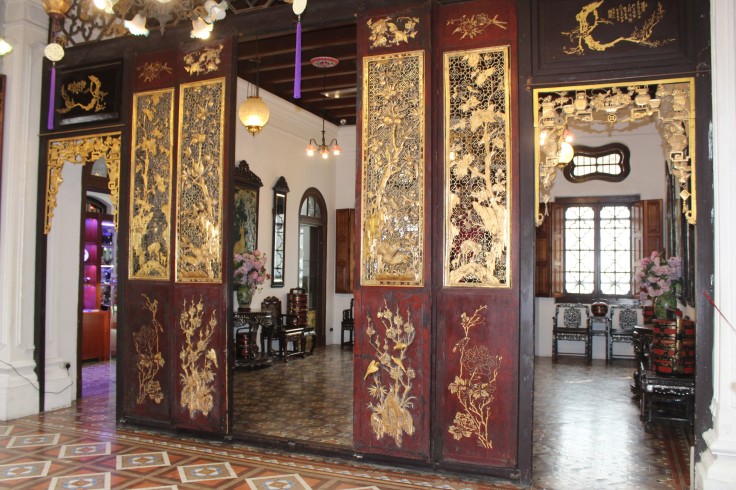


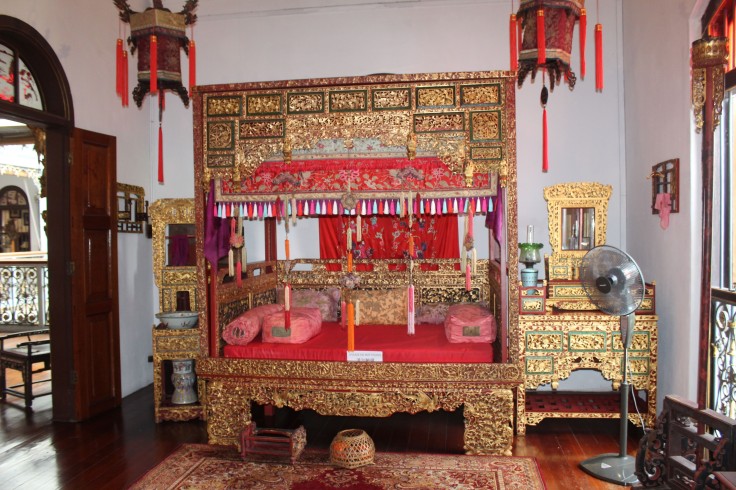
Imagine trying to sleep in this… 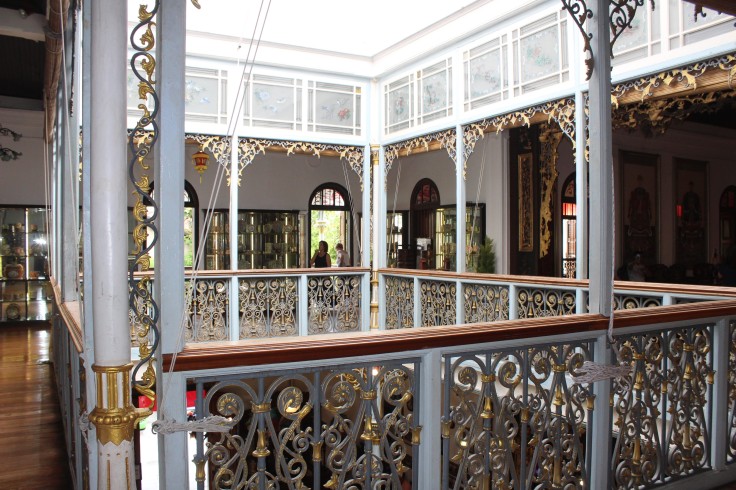
Second floor balcony overlooking the first floor 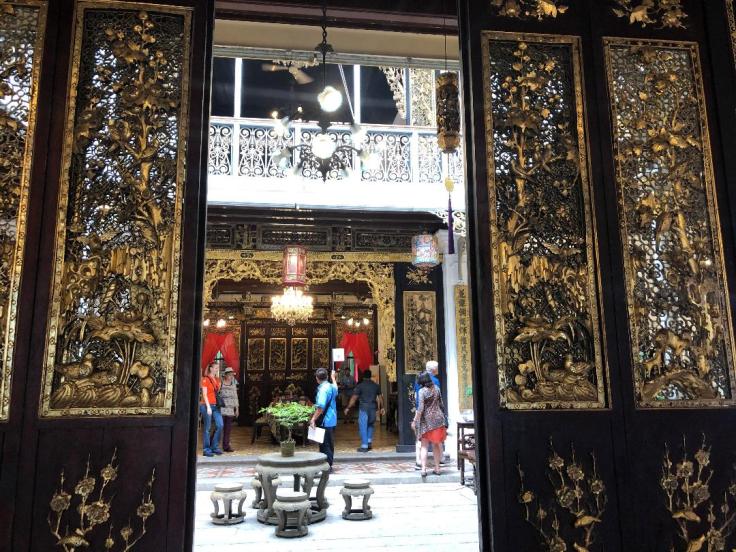
This looks like an entry to a courtyard, but it’s actually an open area in the middle of the house. 
Outside arches in open courtyard 
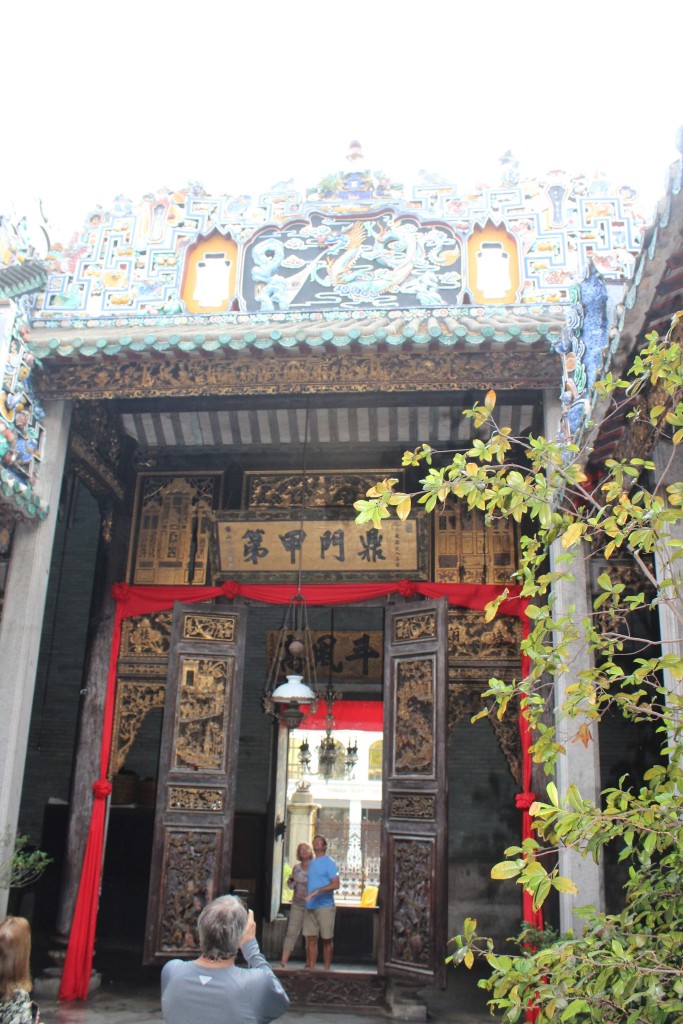
Entrance to the Temple 
Temple Alter 
Chung Keng Quee and one of his four wives 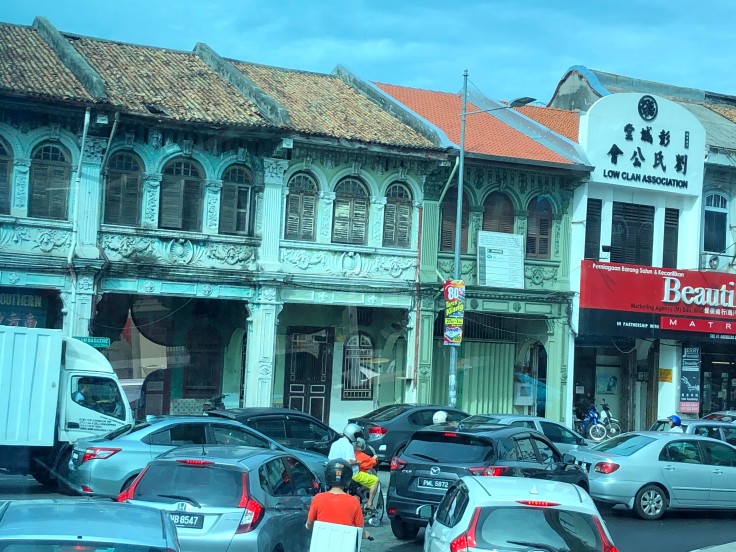
We passed through Old Town after visiting the museum 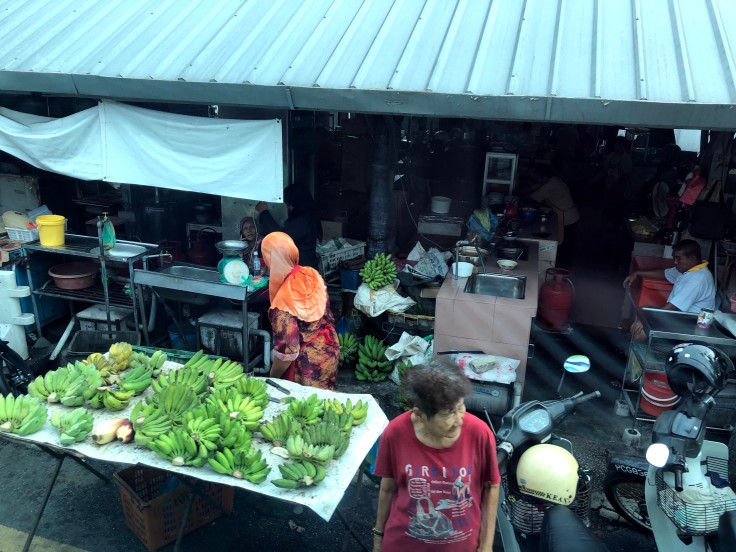
Marketplace 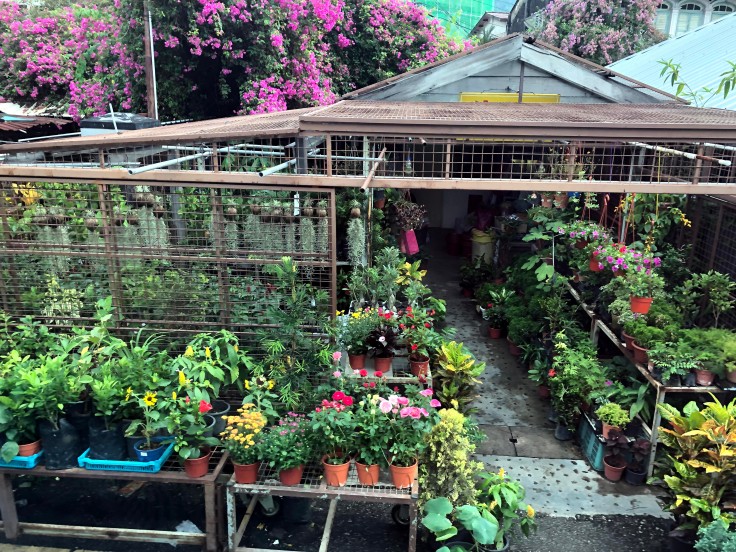
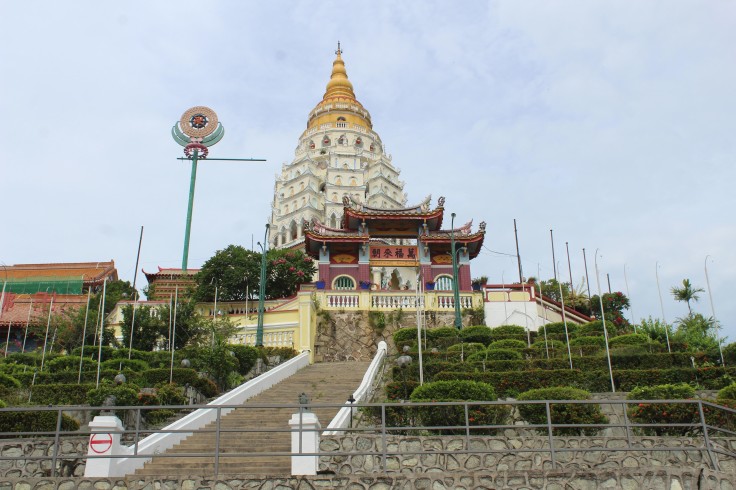
Kek Lok Si Temple 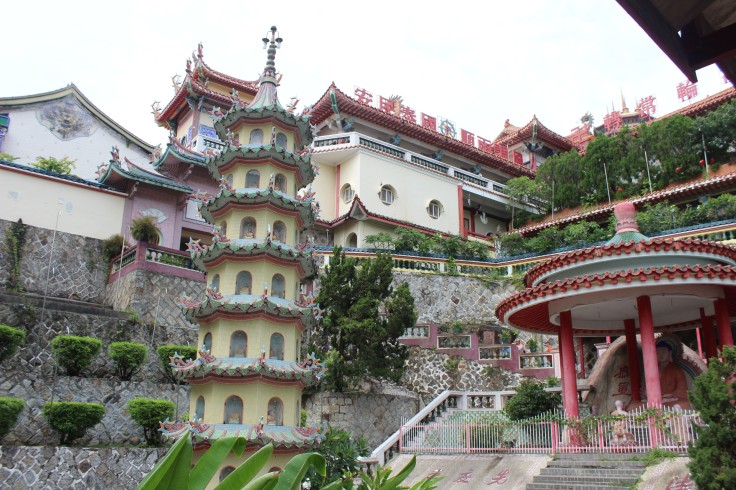
One of many pagodas within Kek Lok Si 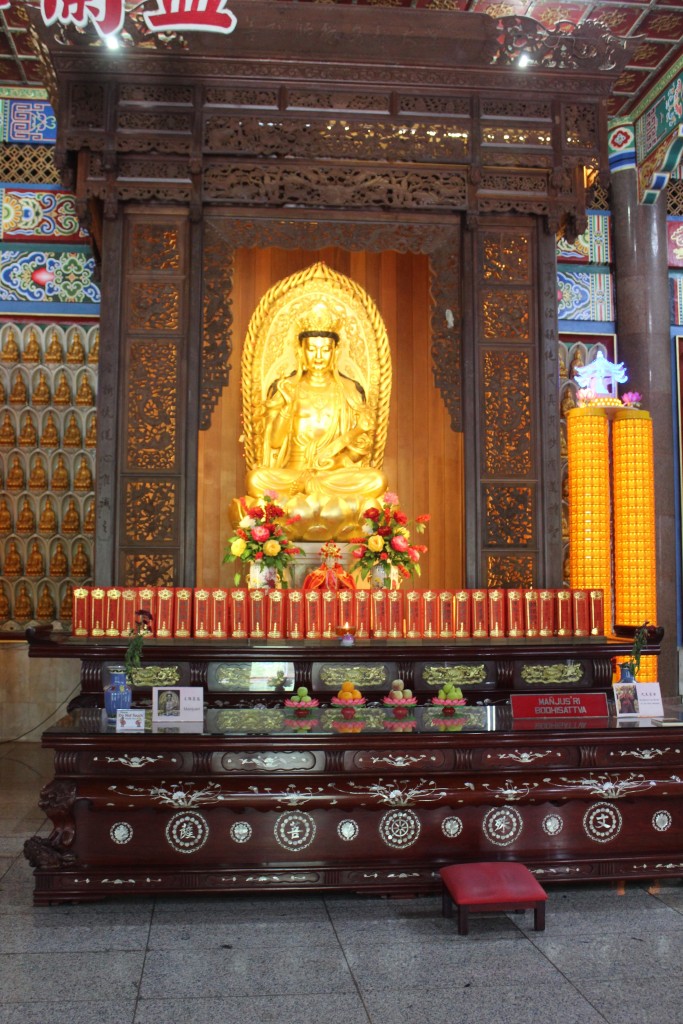
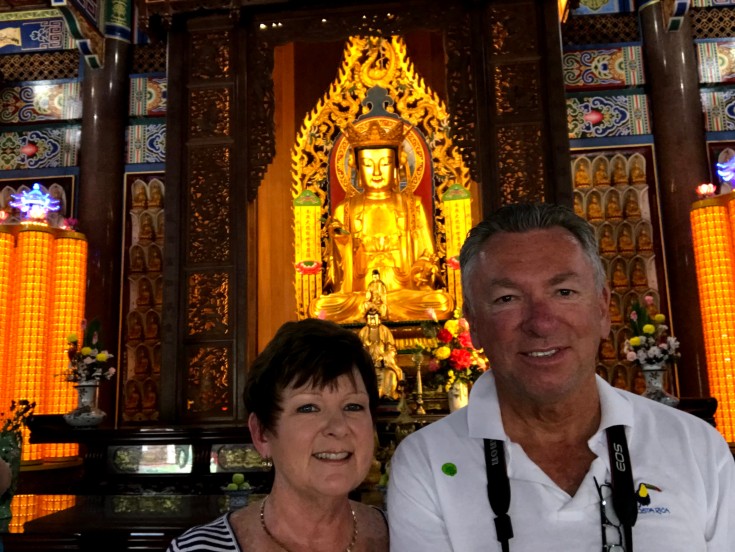

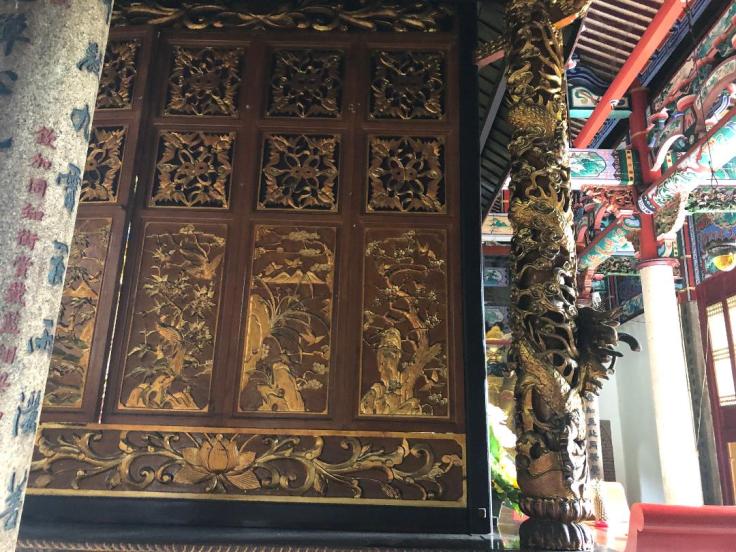
The side of the box containing the Buddha 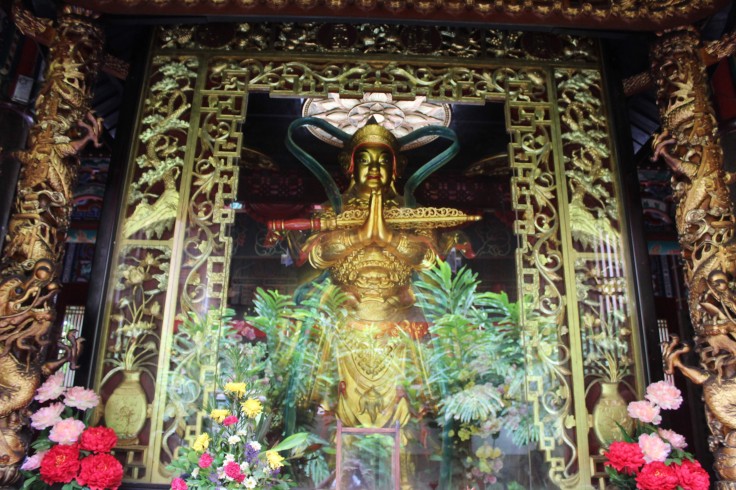
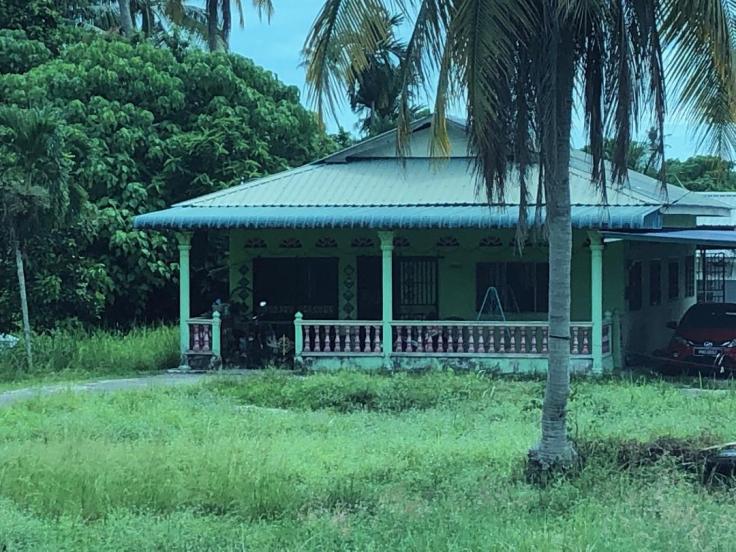
A typical Penang home 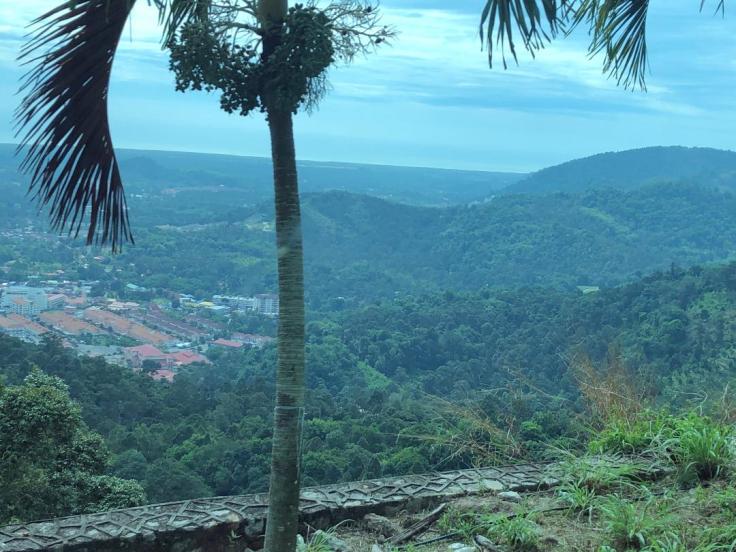
Beautiful view from the bus 
Another beautiful view from the bus
